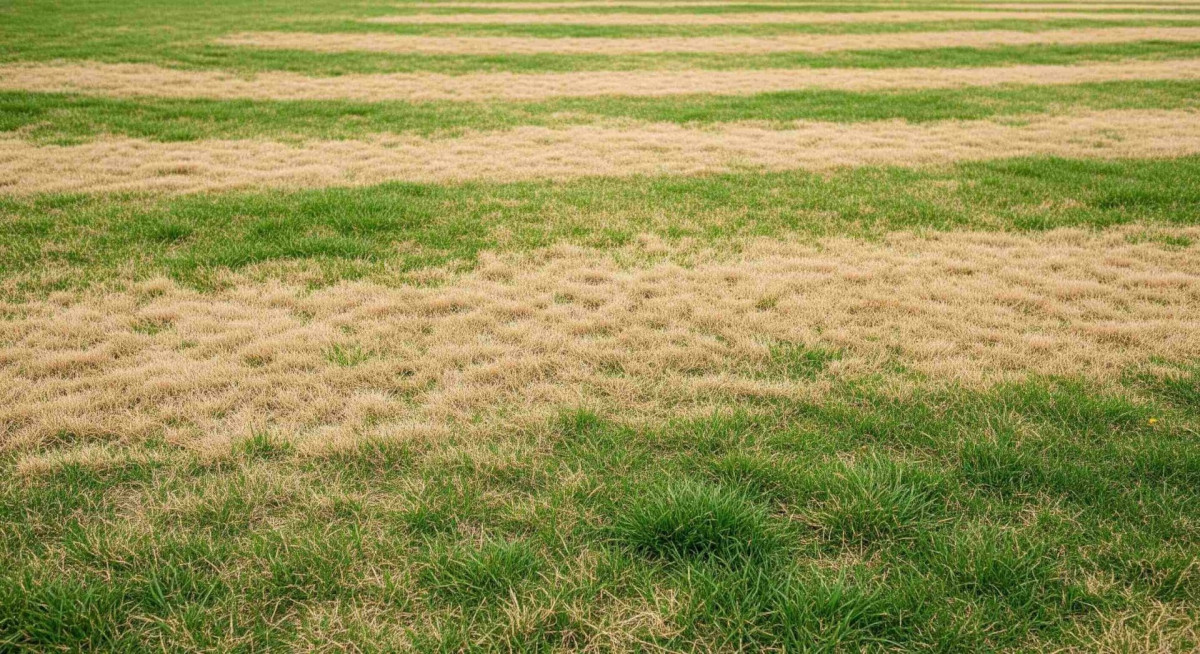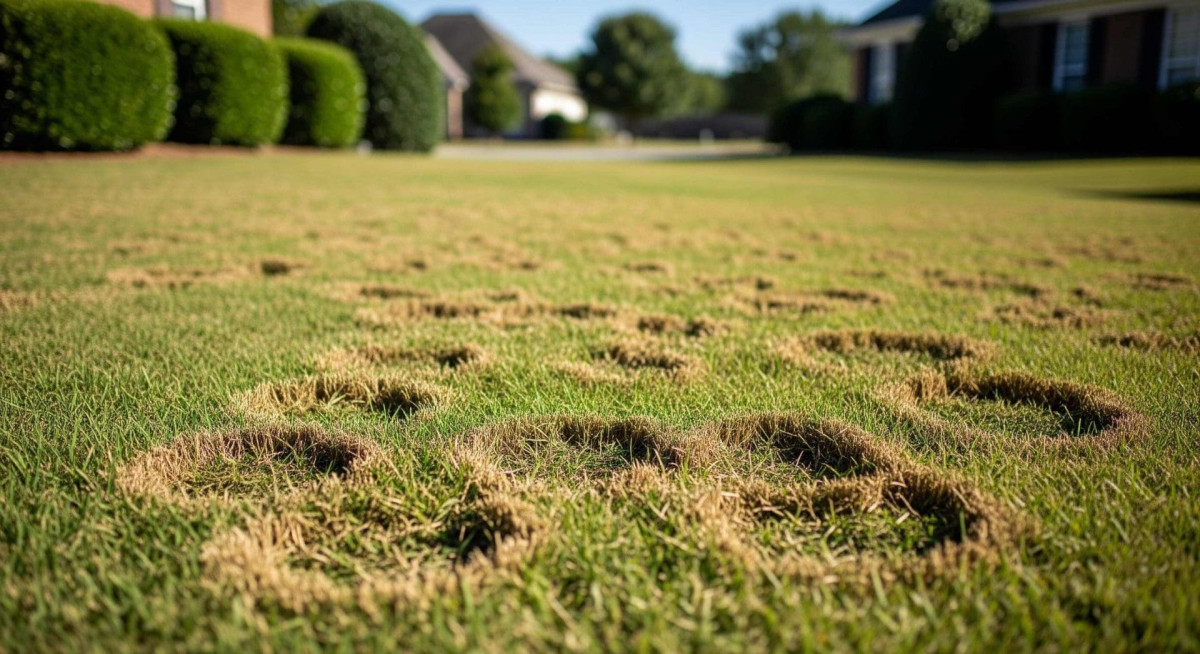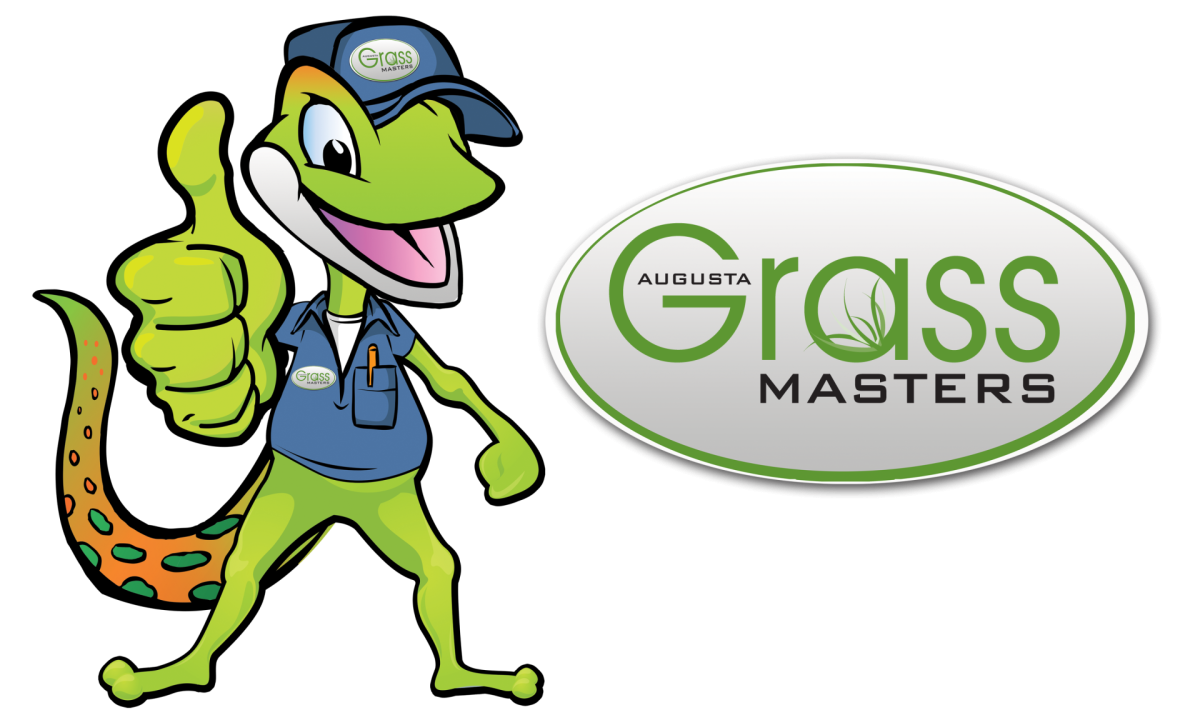Augusta, GA – As temperatures cool and fall rains increase across Georgia and South Carolina, conditions become ideal for fungal lawn diseases that won't show visible damage until winter or early spring. Understanding how these diseases develop during fall and taking preventive action now can protect grass health through the dormant season and prevent costly spring repairs.
Fungal spores present in all lawns remain dormant during hot, dry summer conditions but activate when fall brings cooler temperatures and increased moisture. This timing creates a window where prevention proves far more effective than treatment, yet many homeowners remain unaware their lawns face disease pressure until damage becomes obvious months later. Educational resources about protecting lawns from winter disease explain this development cycle and practical prevention strategies.
Understanding Fall Disease Development
Lawn diseases don't suddenly appear in winter. They establish during fall when environmental conditions favor fungal growth and spread. Cool nights combined with morning dew, increased rainfall, and reduced sunlight create the perfect environment for fungal activity. Grass stressed from summer heat becomes particularly vulnerable during this transition period.
Brown patch, one of the most common cool-season diseases in the region, thrives when nighttime temperatures drop into the 60s and humidity remains high. The fungus attacks grass blades and crowns, creating circular brown patches that can expand rapidly under favorable conditions. While symptoms may not appear until winter, the infection establishes during fall when conditions first become conducive to fungal growth.
Large patch disease affects warm-season grasses like zoysia and bermuda during their dormancy period. The fungus becomes active in fall as temperatures decline and remains active through winter, causing damage that becomes visible in late winter or early spring as irregular brown patches with darker borders. By the time homeowners notice the problem, significant root damage has already occurred.
Gray leaf spot poses particular problems for St. Augustine grass common in warmer parts of the region. Fall's combination of warm days, cool nights, and high humidity creates ideal conditions for this disease to spread rapidly. Small gray lesions on grass blades can quickly coalesce, causing widespread browning if left unchecked.
The invisible nature of early disease development makes fall prevention critical. Fungal infections establish in grass tissue weeks or months before visible symptoms appear. Once symptoms become obvious, the infection has already caused significant damage that requires extensive treatment and recovery time.
Environmental Factors That Increase Disease Risk
Several fall conditions combine to increase disease pressure on lawns. Understanding these factors helps homeowners recognize when their grass faces elevated risk and needs preventive attention.
Excessive moisture from fall rains or overwatering creates the humidity fungi need to thrive. Grass blades remaining wet for extended periods, particularly overnight, allow fungal spores to germinate and penetrate plant tissue. Poor drainage compounds this problem by keeping soil saturated and creating consistently damp conditions at ground level.
Reduced air circulation around grass plants traps moisture and creates microclimates favorable to disease development. Dense thatch layers, grass that hasn't been mowed at proper heights, and areas surrounded by structures or plantings all restrict airflow and maintain the high humidity fungi require.
Nitrogen fertilization timing affects disease susceptibility. Excessive nitrogen applications in late fall stimulate lush, succulent growth that's particularly vulnerable to fungal infection. This tender tissue lacks the cell wall strength to resist pathogen penetration and provides abundant nutrients for fungal growth once infection occurs.
Temperature fluctuations stress grass during fall's transition period. Warm days followed by cold nights, early frosts, and inconsistent weather patterns all weaken grass plants and reduce their natural disease resistance. Stressed grass allocates resources to survival rather than immune response, making it easier for pathogens to establish infections.
Compacted soil contributes to disease problems by restricting root development and water drainage. Grass growing in compacted conditions already operates under stress, making it less capable of resisting disease pressure when environmental conditions favor fungal activity.
Prevention Strategies That Work
Effective disease prevention focuses on creating conditions unfavorable to fungal development while maintaining grass health and stress resistance. Multiple strategies working together provide the most reliable protection.
Cultural practices form the foundation of disease prevention. Proper mowing height keeps grass strong without creating excessive shade that traps moisture. Removing clippings during high disease pressure periods eliminates a moisture source and reduces the organic matter where fungi thrive. Mowing when grass is dry rather than wet prevents spreading fungal spores from infected areas to healthy sections.
Water management plays a crucial role in disease prevention. Deep, infrequent watering promotes strong root systems while allowing grass blades to dry between irrigation cycles. Watering in early morning rather than evening gives grass time to dry before nighttime temperatures drop and humidity rises. Adjusting irrigation schedules based on rainfall prevents overwatering that creates disease-friendly conditions.
Soil health improvements strengthen grass and improve its disease resistance. Core aeration relieves compaction and improves drainage, reducing the consistently moist conditions fungi require. Proper fertilization timing provides nutrients grass needs without stimulating excessive late-season growth vulnerable to infection. Balanced nutrition helps grass maintain strong cell walls and active immune responses.
Thatch management removes the layer of dead organic matter where fungal spores overwinter and multiply. Thatch layers exceeding half an inch create insulation that keeps soil surface moist and provides abundant nutrients for fungal growth. Regular dethatching or aeration helps control this disease reservoir.
Understanding Regional Disease Patterns
Georgia and South Carolina's climate creates specific disease challenges different from other regions. The transition from hot summers to mild winters, combined with red clay soil common throughout the area, requires tailored prevention approaches.
Red clay's poor drainage naturally creates conditions favorable to disease development. Without proper soil amendments and aeration, water sits on the surface or saturates the upper soil layer, keeping grass crowns constantly moist. This persistent moisture provides the environment fungi need to establish and spread.
The region's mild winters mean fungal activity doesn't stop completely during dormancy. Pathogens remain active during warm winter periods, continuing to damage grass even when growth has slowed. This extended activity period increases the importance of fall prevention rather than relying on cold temperatures to halt disease development.
Professional Disease Prevention Programs
Comprehensive disease prevention programs address multiple risk factors simultaneously through scheduled treatments and cultural practice recommendations. These programs typically include fungicide applications timed to prevent infection before symptoms appear, rather than treating active disease after damage occurs.
Fall fungicide applications create a protective barrier on grass blades that prevents fungal spore germination and penetration. Timing these applications before disease pressure peaks provides the most effective protection. Products and application rates vary based on grass type, disease history, and current conditions.
Monitoring services identify early warning signs before visible symptoms develop. Regular lawn inspections during fall detect subtle changes in grass color, texture, or growth patterns that indicate developing problems. Early detection allows intervention before infections become established and cause significant damage.
Educational guidance helps homeowners understand their role in disease prevention through proper cultural practices. Recommendations for mowing, watering, and fertilization specific to individual lawns and conditions ensure all prevention factors work together effectively.
Taking Preventive Action This Fall
The window for effective fall disease prevention closes as temperatures drop and grass enters dormancy. Understanding disease development patterns and implementing prevention strategies now protects grass health through winter and ensures lawns emerge healthy in spring rather than requiring extensive recovery treatments.
Homeowners concerned about disease pressure on their lawns can assess current risk factors and implement appropriate prevention measures. Simple changes to watering schedules, mowing practices, and fall fertilization timing often provide significant protection without requiring extensive intervention.
Augusta Grass Masters provides educational resources explaining regional disease patterns and prevention strategies specific to Georgia and South Carolina conditions. These materials help families understand the relationship between fall conditions and winter disease development. Additional information is available at www.augustagrassmasters.com or by calling (706) 916-3799 to discuss disease prevention approaches and seasonal lawn care timing.




